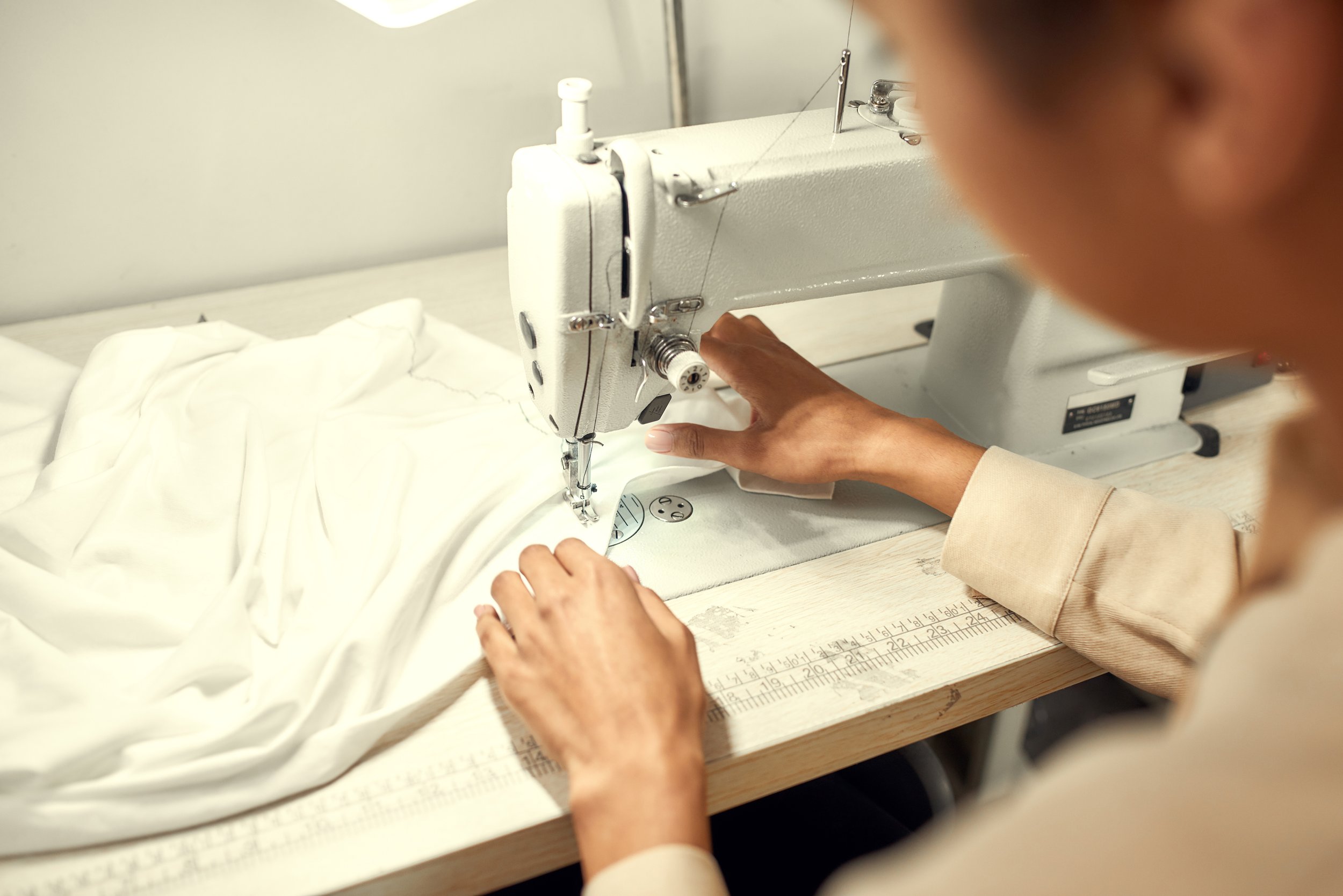Preparing to Get Your Garment Samples Made: Cost and Requirements
Garment Samples are a critical part to the process of getting your idea into a tangible product. Just get in your head now that you should expect to pay more for your sample then what you are planning to retail it for.
I’ll let you digest that for a moment.
We are making a mold
There are certain steps that you just have to commit to in the product development phase. Your pattern and sample are the equivalent to making a mold. You are asking to create this master cast from which many multiple garments will emerge from. As pattern makers and sample makers, we are artisans. We are not machines. We have honed our craft over the years and you should be expecting to pay for our expertise that will ensure that your production goes smoothly and your product is what you envision.
Sampling is Time Consuming
Making a sample is about assessing then re-assessing fit, intent and construction. This is critical and it’s hard labor. Mass produced clothing can be less expensive because it is an assembly line and the engineering of the pattern has been perfected so everything goes smoothly. However, sampling is done one by one and it takes time. I would say the average amount of time I quote for a sample is around 4 hours. Some people are like “whoa, I can sew that myself in under an hour!” Sure you can but you are not factoring in all the labor involved (setting up machines, cutting, sewing, measuring, pressing, packaging, etc). I’m sure that a sample that comes from my studio is going to look better because this is what we excel at and specialize in.
What the sample making process looks like:
1) Fabric has to be spread and pattern is laid out fabric to optimize the yield. Then the cutting by hand starts. If there are multiple fabrics and interfacings required then that has to be factored in, along with markings for darts and pockets, etc. This can take 20-30 minutes for a simple garment.
2) The machines need to be set up. Depending on what the garment requires I could have to set up a few bobbins for the straight stitch, change out all the merrow machine threads and change out all the coverstitch threads. Each machine could take 5 minutes on a good day.
3) The sewing begins. And the pressing. And then more sewing. Oh, wait, time to switch out feet for a zipper. The garment needs buttons so that’s handwork there.
4) Garment is measured for records and consistency and photos taken. Any changes needed to the pattern are made and construction suggestions are noted to be sent in a separate email.
5) Pressing and packaging. We are not sending a sample out looking like a rumpled mess. Your garment is pressed, tagged and packaged along with any leftover materials and perhaps a hard copy pattern.
Whew! It’s actually a lot of work, full of tiny details that you may not even consider.
Adjusting the lens of the sample value
Super cheap clothing has been a staple in our lives. We see images of overseas factories with hundreds of people sewing in one place with piles of garments all around them. We know that they get paid next to nothing, but only say that we are not ok with this, but let our wallets speak for us instead. The clothing they produce is cheap so that means getting a sample made should be cheap as well. Not so.
Clothing is valuable. The craft of making clothing is valuable. Just because you see volume and excess doesn’t mean your sample is part of a disposable stack as well. A sample is a tool and part of the bigger conversation.

